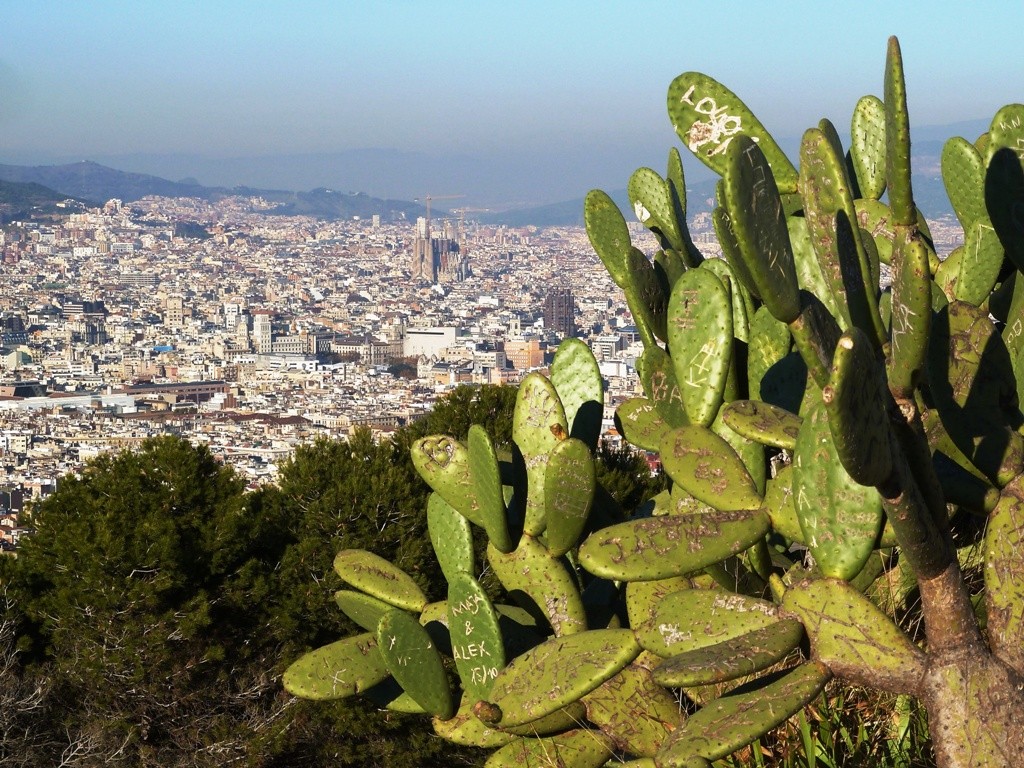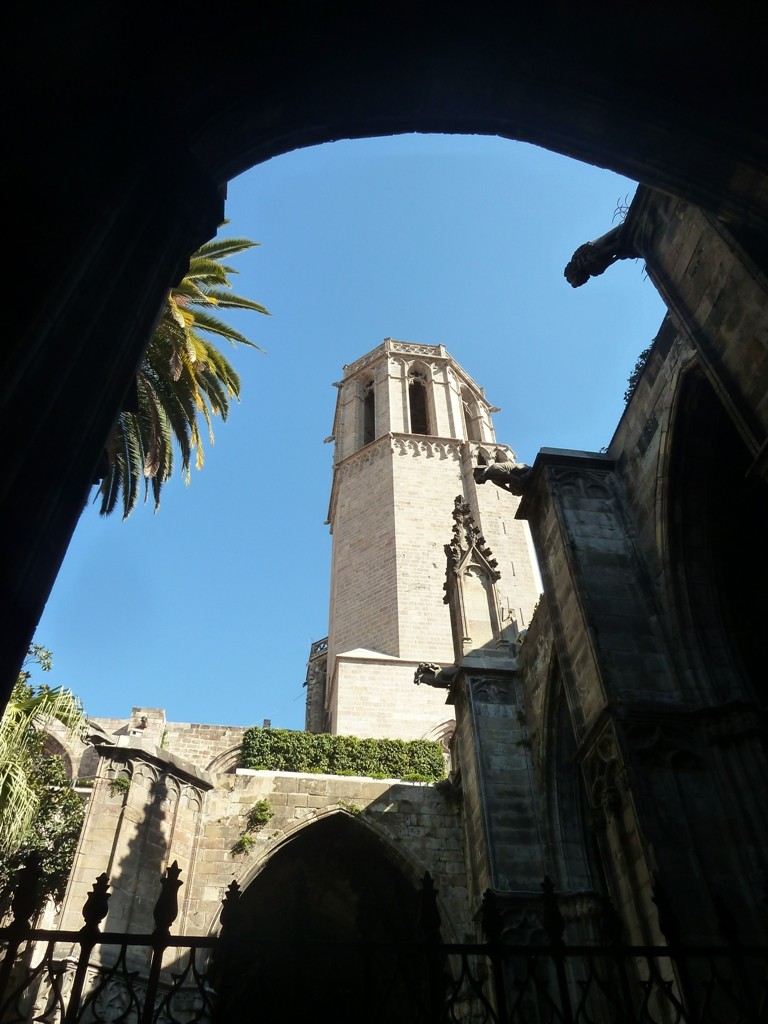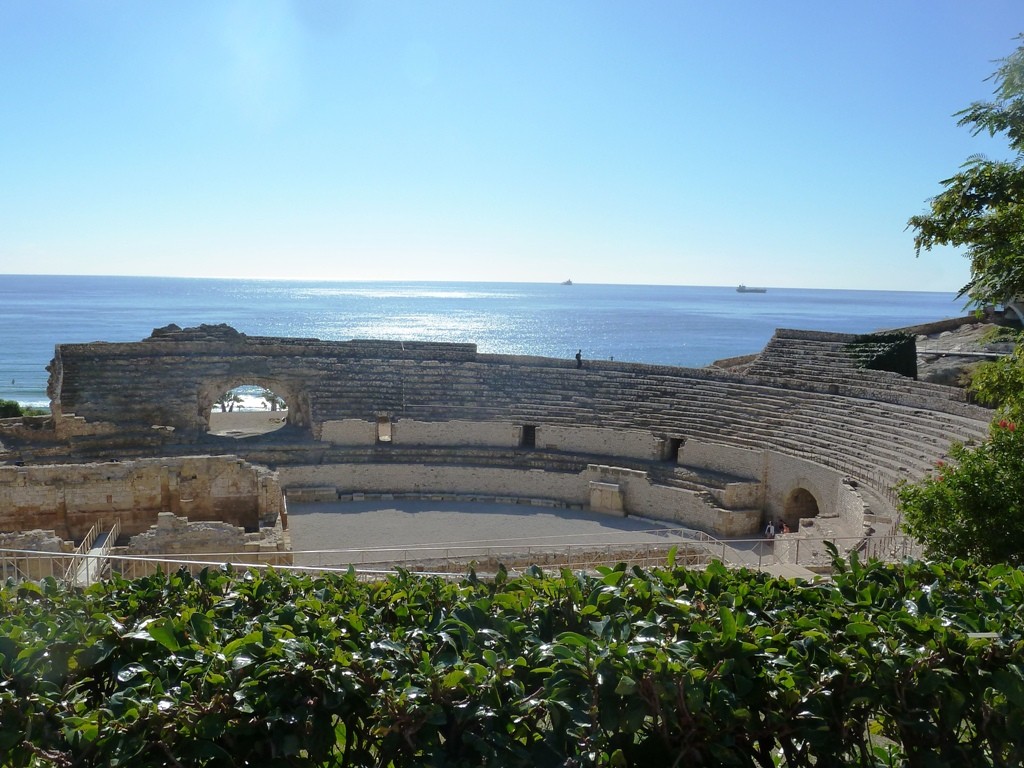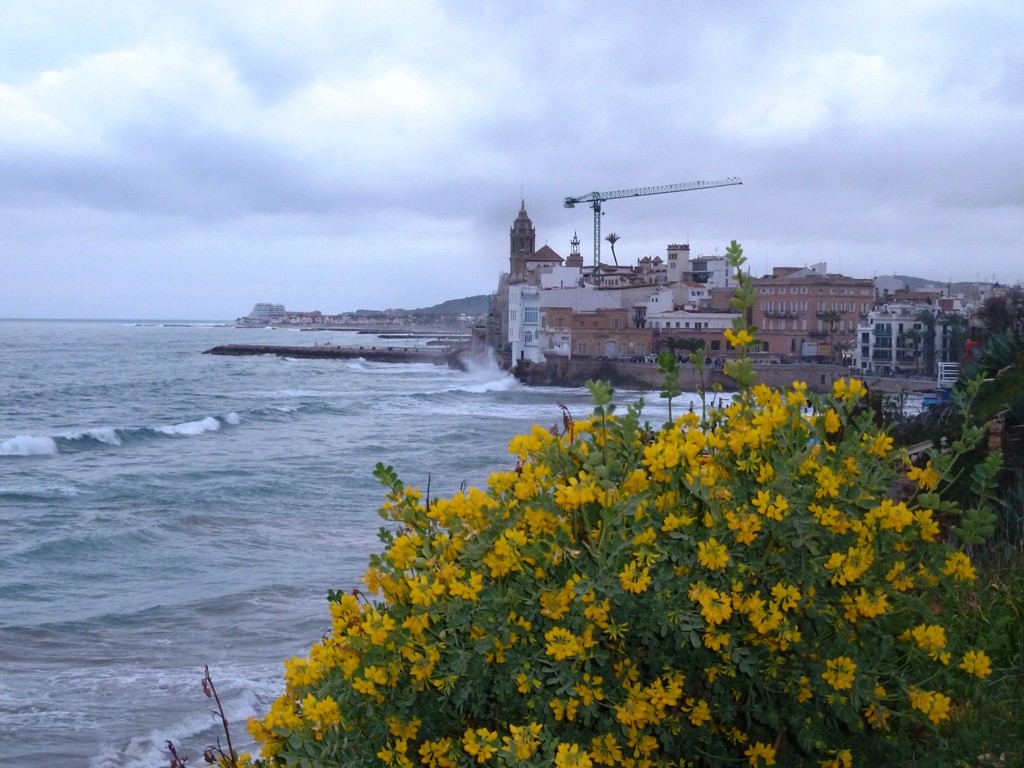Homage to Catalonia
I hope that George Orwell will not be too offended if I borrow the title for my last entry from one of his most famous works. Of course, my homage will not be comparable to his one, but anyway I would like to offer my final thoughts about this region which welcomed me almost 6 months ago. Having tried to discover it little by little (and though undoubtedly there is much left to see), I may say that it is a really fascinating place, a tiara consisting in a series of several different jewels.
It is inevitable to start my final balance from the most remarkable gem of this tiara. As I have already stated in several occasion, there is no doubt that Barcelona is one of the most fascinating cities of Europe. The reason for this special charm is not easy to explain; I will try and do so taking advantage of a quotation from Isabel Allende, who summed up in the following words a few centuries of the history of the city:

"Barcelona creciò sobre capas sucesivas de ruinas; por ella pasaron los fenicios y los griegos sin dejar demasiada huella, luego llegaron los romanos e impusieron su sello, fueron reemplazados por los godos y finalmente la conquistaron los sarracenos [...] cada uno contribuyò a su complejidad". (Barcellona crebbe su strati successivi di rovine; per essa passarono i fenici ed i greci senza lasciare molte tracce, poi arrivarono i Romani e lasciarono il proprio segno, furono rimpiazzati dai goti ed infine la conquistarono i saraceni; ciascuno contribuì alla sua complessità). We may add to this description the Spanish and French domination, which oppressed the city during different periods, and the final blossoming which at the end of the XIX century gave it a superb dress of modern elegance.

In my view, it is exactly those complexity mentioned by Allende which makes Barcellona so unique and special, both under a historical and a cultural point of view: it is incredible how Roman ruins and medieval churches may coexist side by side with great naturalness, not to mention the wonderful Modernist building sprouting up here and there on the gentle slope of a hill or in the middle of an elegant avenue. In the endless list of places which a visitor may find interesting to see, we cannot but include some of the most interesting museums of Spain, ranging from the XII century Romanesque paintings to the works of Picasso and Miro. A similar variety is found also concerning the geographical aspect: within five minutes it is possible to move from a quiet contemplation of the seaside to the lush gardens of the Montjuich hill, not to mention the area of Tibidabo, towering over the city. And talking of Montjuich, we should not omit another fundamental component of this unique charm: not only, indeed, Barcelona can boast one of the best football (and basketball) teams of the world, but has also been, in a past time not too far away, an Olympic city.
A similar variety concerns the everyday life of the city: also in this case, there is room both for the Catalan and the international soul of the city. It is quite surprising, indeed, how Barcelona has always been international and quite open to new cultures, and yet it has been able to preserve almost untouched its traditional roots. Wandering for the various urban districts, indeed, it is possible to find an incredible variety of places, ranging from the typical local to the ethic restaurants, from the quite tea room to the pubs which in late evening cheer up the atmosphere with their fun-loving soul. Borrowing again from Isabel Allende, who despite being herself an adopted child of Barcelona, seems to have understood the city quite well, "Barcelona es una tarta de mil hojas" (Barcellona è come una torta millefoglie). Actually, I cannot find any better definition.

However, the beauties of Catalonia are not confined to the great appeal of its capital: of the other remarkable cities, I am afraid I have not seen yet the most interesting one, Girona (but I am quite sure it will not disappoint). Anyway, I found the Mediterranean soul of Tarragona, combining an everlasting sun with a wealth of well-preserved Roman ruins and an interesting medieval core, really worth a visit. Not less to my taste has been the trip to Lleida, apparently far-away in the cold and foggy inland, which has offered instead to me a wonderful insight in the tormented past of Catalonia, symbolised by its spectacular Cathedral and by some fine works of art which have survived several invasions.

Not less amazing than the historical and cultural heritage is the wonderful natural environment from which the region benefits: though I have not been able to see the renowned Costa Brava, extending north of Barcelona towards the Spanish border, I could enjoy the lovely sights offered by its southern relative, that Costa Daurada (literally meaning Golden Coast) where my dwelling was located. Alternating savage rocky areas with spectacular cliffs and comfortable sandy beaches, this part of the region is an tempting invitation to enjoy the pleasures of the Mediterranean sea.
But again, the fascinating soul of Catalonia goes far beyond the spectacular coastal area: not far from the sea, indeed, several hill ranges are located. Studded with ancient castles and lush vineyards, from which the cava, a local delicacy comparable to the champagne, is produced, they offer a series of delicious views, perhaps even more fascinating than the maritime ones. Talking of mountains, it would be an unforgivable mistake to forget the Pyrenees: apparently so far away, they are actually almost a stone's throw from the heart of Catalonia, easily reachable with the train. As I found out going around with my bike, they offer a unique opportunity for a trip back into the past, thanks to their almost uncorrupted environment and the long-lasting traditions.
And the traditions are exactly one of the fundamental components of the throbbing heart of Catalonia: as I could notice during my stay in Vilanova i la Geltrù (I am sure I will not forget such am unbelievable Carnival, as well as a unique celebration as Tres Tombs), a good number of them is well preserved and still an important element in the life of the community. As for the cuisine...well, I had better forget soon, once back to Italy, all those delicious specialty (Catalan cream, botifarra, fideua, sobresada are only a few examples) which I have appreciated, or I may struggle to fight off the nostalgia!
It is precisely the typical dessert that I have just mentioned, the Catalan cream, which in my opinion perfectly symbolise the soul of Catalonia: an utterly delicious dish, featuring different components, each of them equally tasty. A dish to be tasted slowly, enjoying it to the fullest...and yet, just a dessert, which, the way I see it, should be the perfect and refined conclusion for a substantial meal...not just the meal itself!
Photo gallery
Want to have your own Erasmus blog?
If you are experiencing living abroad, you're an avid traveller or want to promote the city where you live... create your own blog and share your adventures!
I want to create my Erasmus blog! →







Comments (0 comments)